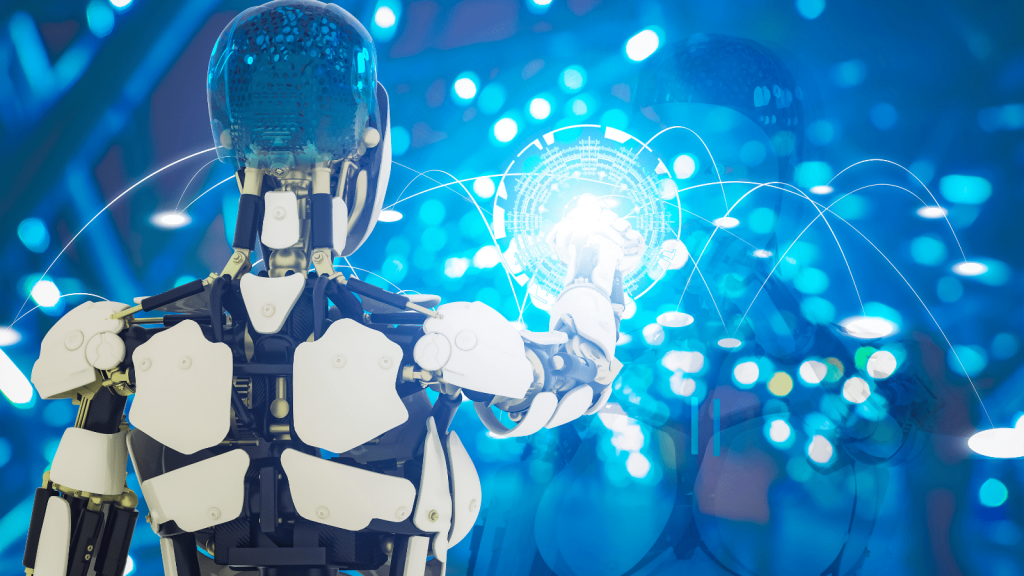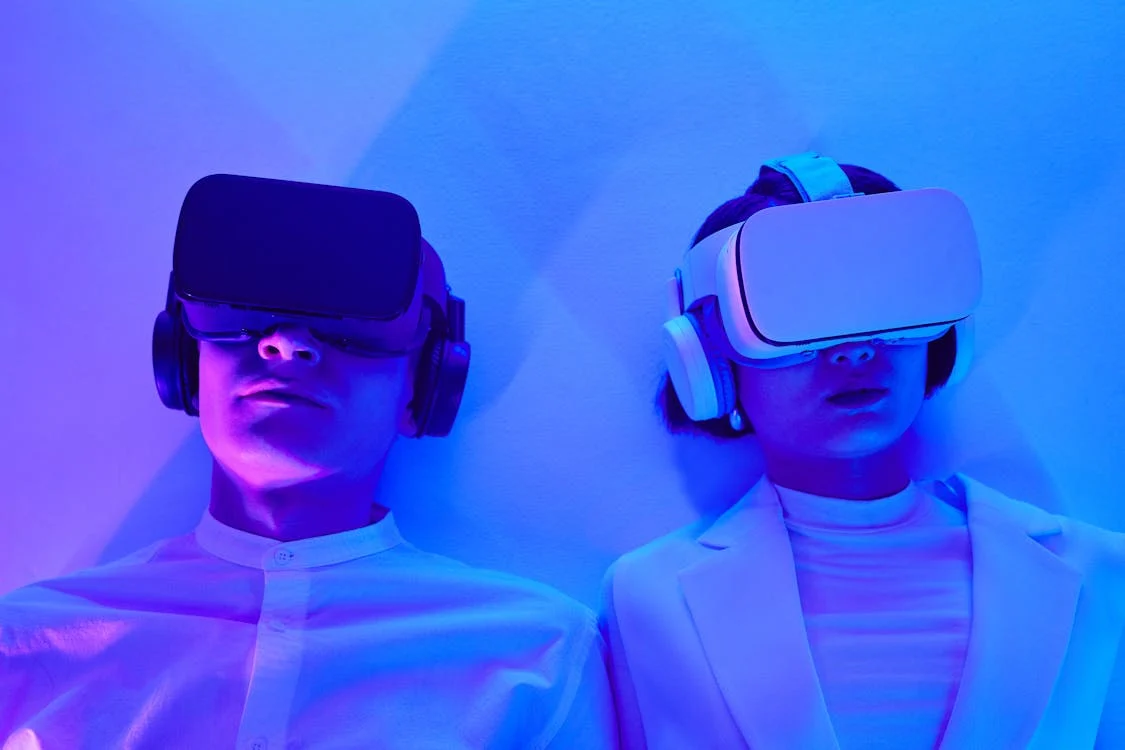Table of Contents
Biohacking and human augmentation represent two of the most intriguing frontiers in modern science and technology, promising to revolutionize how we understand and enhance the human body and mind. These fields intersect at the crossroads of biology, technology, and self-improvement, pushing the boundaries of human potential and raising important ethical, social, and philosophical questions. This article explores the potential of biohacking and human augmentation, examining their current applications, future possibilities, and the challenges they present.

1. Understanding Biohacking and Human Augmentation
Biohacking, also known as DIY biology, involves using science and technology to enhance or modify the human body and mind. It ranges from simple practices, like optimizing diet and exercise, to more complex interventions, such as genetic modification and implantable devices. Biohacking enthusiasts often experiment with new technologies and techniques to improve physical health, mental performance, and overall well-being.
Human augmentation, on the other hand, refers to the use of technology to enhance human capabilities beyond normal biological limits. This includes wearable devices, neural implants, prosthetics, and other technologies designed to improve strength, cognition, sensory perception, and overall functionality. Human augmentation aims to extend human abilities and potentially overcome physical or cognitive limitations.
2. Applications and Innovations
The potential of biohacking and human augmentation is being explored through various innovative applications:
- Genetic Modification: Techniques like CRISPR-Cas9 enable precise editing of genetic material, offering the possibility to correct genetic disorders and enhance certain traits. For instance, researchers are investigating ways to use genetic modification to increase resistance to diseases or improve physical endurance.
- Neural Implants: Brain-computer interfaces (BCIs) and neural implants are at the forefront of human augmentation. These devices can help restore lost functions in individuals with neurological conditions, such as paralysis, by allowing them to control prosthetic limbs or communicate through thought. Future developments could lead to enhanced cognitive abilities or even direct brain-to-computer communication.
- Wearable Technology: Wearable devices, such as smartwatches and fitness trackers, monitor physiological metrics and provide real-time feedback on health and performance. Advanced wearables could integrate with AI to offer personalized health recommendations, optimize training routines, and detect early signs of health issues.
- Prosthetics and Exoskeletons: Modern prosthetics and exoskeletons are increasingly sophisticated, offering improved mobility and functionality for individuals with physical disabilities. These technologies enhance physical strength and endurance, enabling users to perform tasks that would otherwise be challenging or impossible.
- Nutritional and Cognitive Enhancement: Biohacking also involves optimizing diet, supplements, and cognitive exercises to enhance mental performance and overall well-being. Personalized nutrition plans and nootropic substances aim to improve focus, memory, and cognitive function.
3. The Promise and Potential

Biohacking and human augmentation hold immense promise for transforming human capabilities and improving quality of life. Some potential benefits include:
- Enhanced Health and Longevity: Advances in genetic modification and personalized medicine could lead to breakthroughs in preventing and treating diseases, potentially extending human lifespan and improving overall health.
- Increased Productivity and Performance: Technologies that enhance cognitive and physical abilities could boost productivity and performance in various domains, from professional tasks to athletic endeavors.
- Restoration of Lost Abilities: Neural implants and advanced prosthetics offer hope for restoring lost functions in individuals with disabilities, allowing them to regain independence and improve their quality of life.
- New Frontiers of Human Experience: Human augmentation could open up new ways of experiencing the world, from enhanced sensory perception to direct brain-to-computer interactions, expanding the boundaries of human experience and creativity.
4. Ethical and Societal Considerations

As biohacking and human augmentation technologies advance, several ethical and societal considerations emerge:
- Equity and Access: Access to advanced biohacking and augmentation technologies may be limited to those with financial means, potentially exacerbating existing inequalities. Ensuring equitable access and addressing affordability are crucial to avoid deepening social divides.
- Safety and Regulation: The safety and long-term effects of many biohacking and augmentation interventions are still unknown. Rigorous testing, regulation, and oversight are necessary to ensure that these technologies are safe and do not pose unintended risks to individuals or society.
- Privacy and Data Security: The use of wearable devices and neural implants involves collecting and storing sensitive personal data. Protecting this data from unauthorized access and ensuring user privacy are critical concerns.
- Ethical Boundaries: The potential for genetic modification and cognitive enhancement raises ethical questions about the extent to which we should alter human biology. Debates about “designer” traits, enhancement versus therapy, and the nature of human identity will shape the future of these technologies.
- Impact on Human Identity: Augmentation technologies could challenge traditional notions of what it means to be human. Philosophical questions about identity, authenticity, and the nature of human experience will need to be addressed as these technologies evolve.
5. Conclusion
Biohacking and human augmentation represent exciting frontiers in science and technology, offering the potential to significantly enhance human capabilities and improve quality of life. While the promise of these technologies is substantial, it is essential to approach their development and deployment with careful consideration of ethical, societal, and philosophical implications. By balancing innovation with responsibility, we can harness the benefits of biohacking and human augmentation while addressing the challenges they present, paving the way for a future where technology and humanity intersect in profound and transformative ways.


